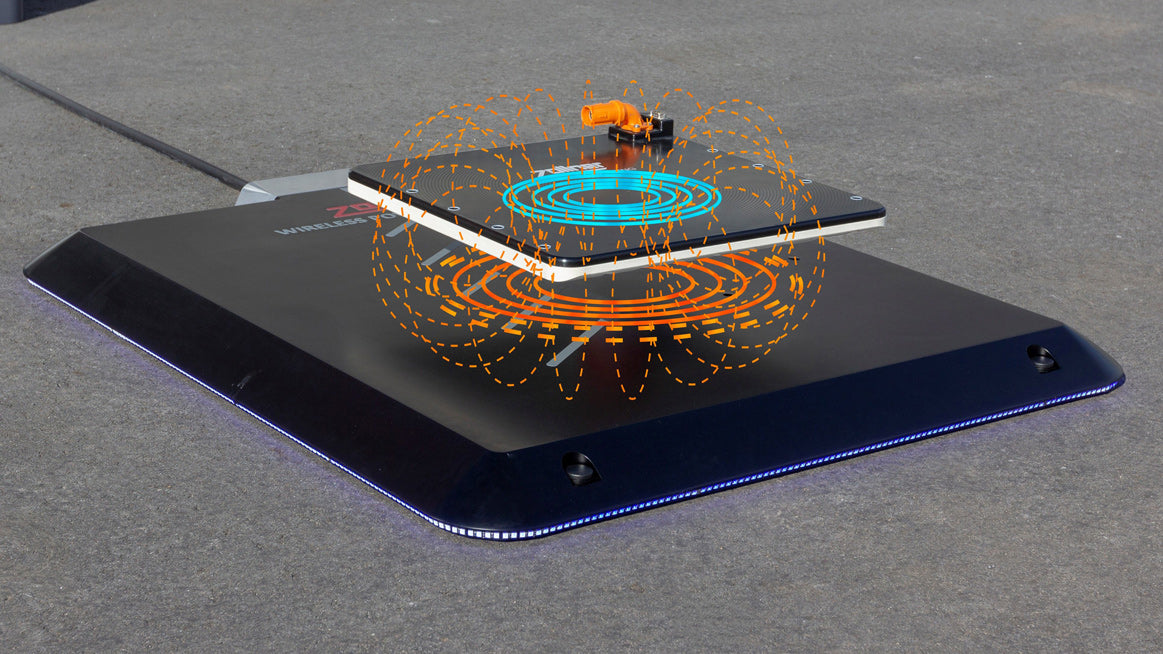It's what is known as inductive charging: the ability to use an electromagnetic field between two objects to provide electrical power. In recent years, this concept - which was originally proposed by Nikola Tesla - has been explored as a way to charge mobile phones and devices. As part of the ongoing revolution in wireless technology, the ability to keep our devices powered without the need for plug-ins and sockets could prove to be more than just an added convenience. In fact, it could very well revolutionize the way we live.
This year, the technology was featured heavily at the Consumer Electronics Show in Las Vegas, where numerous big-name companies showcased their latest innovations. However, few managed to cause as big of a stir as Energous, a San Jose-based company that used the occasion to unveil the Wattup - a wireless system that can recharge mutiple devices from up to four and half meters (15 feet) away.
Like all wirelss charging concepts (and Wi-fi for that matter), the system uses a power transmitter (or router) to deliver energy through focused radar frequency (RF) waves. On the other end, a Wattup reciever - which consists of multiple micro antennae and an embedded chip placed inside the device - converts these radio waves into direct current (DC), charging the batteries without the need of a plug-in power cord.
The entire system is software controlled, using proprietary algorithms to dynamically direct the charging waveforms. Communication between the transmitter and the receiving units are handled via Bluetooth Low Energy and wireless networking protocols. This enables the transmitter to scan a room for mobile devices and then send multiple signals to charge them all simultaneously.
Naturally, Energous insists that the system is perfectly safe. They claim that because it uses the same radio frequency spectrum as Wi-fi routers and cordless phones - coupled with the fact that the transmitter sends out multiple packets of small energy - that the energy density in any one area of a room where the system is located will be low.
The demonstration certainly impressed quite a few people in Las Vegas this year. Whereas most wireless charging systems rely on induction through direct contact - such as the Qualcomm WiPower charging station (which was also featured at the show) - the Wattup requires no connections or contact to charge devices. All that is required is that they be within range of the transmitter.
https://www.herox.com/blog/161-wireless-charging-and-the-future





Leave a comment
This site is protected by hCaptcha and the hCaptcha Privacy Policy and Terms of Service apply.